The ancient civilization of the Maya is one of the most intriguing and mysterious cultures of all time. Despite the fact that they lived thousands of years ago, their architectural, scientific and mathematical achievements continue to captivate the imagination of people all over the world. From their towering pyramids and sophisticated calendars, to their sophisticated astronomical observations and complex writing system, the Maya civilization has long been shrouded in mystery.
The Origins of the Maya Civilization
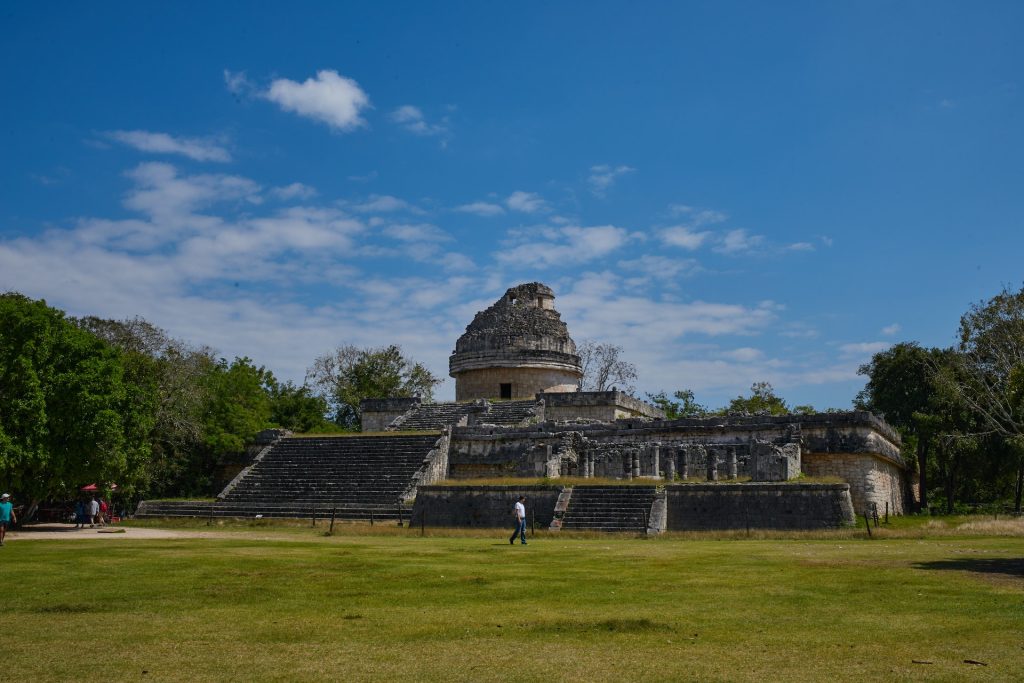
The Maya civilization is believed to have emerged in the Pre-Classic period, around 2000 BCE, and reached its height in the Classic period, from 250-900 CE. The Maya civilization covered a vast area, stretching from what is now Mexico, through Central America, and into Honduras and El Salvador. During the height of their civilization, the Maya people built a series of powerful city-states, each with its own unique culture, religion and governance structure.
The Decline of the Maya Civilization
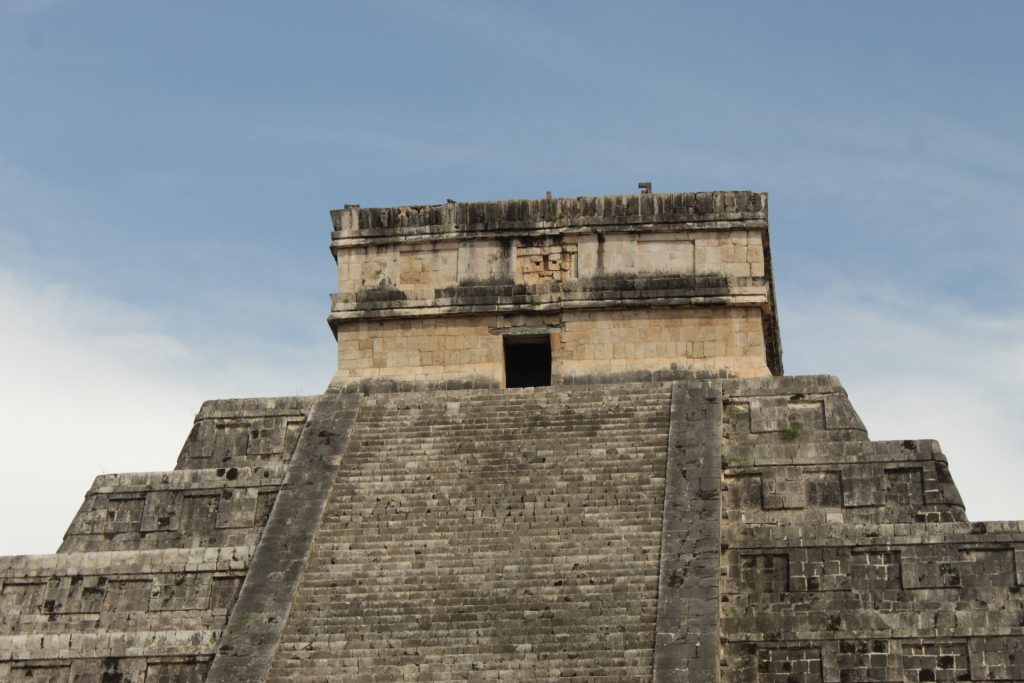
Despite their many achievements, the Maya civilization eventually declined and was eventually abandoned. The exact reasons for this decline are still unknown, but many theories have been put forward, including environmental degradation, political instability, disease, and warfare. The once-great cities of the Maya were left to crumble and be overgrown by the jungle, their towering pyramids and plazas slowly sinking into obscurity.
The Rediscovery of the Maya Civilization
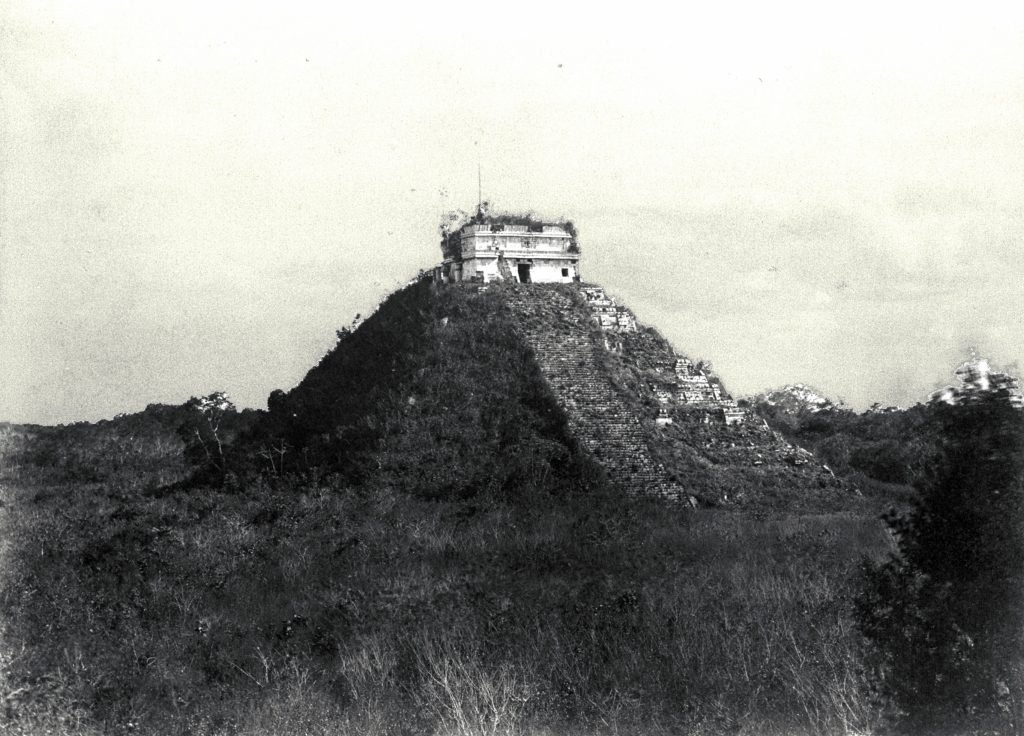
It wasn’t until the 19th century that the world began to rediscover the lost civilization of the Maya. The first explorers to the region were amazed by the ruins they found, and soon the world was captivated by the mystery of this ancient culture. In the decades that followed, archaeologists and anthropologists flocked to the region, eager to learn more about this long-lost civilization.
The Maya Writing System
| Date of Origin | Approximately 600 BCE to 900 CE |
| Place of Origin | The Maya civilization in present-day Mexico, Belize, Guatemala, Honduras, and El Salvador |
| Type | Logographic and Syllabic writing system |
| Number of Characters | Approximately 700 to 800 distinct characters |
| Use | Used for inscriptions on stone monuments, ceramics, and bark-paper codices |
| Decipherment | First deciphered in the mid-20th century by a combination of archaeological and epigraphic evidence and the decipherment of related writing systems, such as the Zapotec and Mixtec |
| Significance | One of the few writing systems of the pre-Columbian Americas and provides important insights into the social, political, and economic structures of the Maya civilization |
One of the most fascinating aspects of the Maya civilization is their writing system, which was the only fully developed writing system of the pre-Columbian era. The Maya used a system of hieroglyphs, or picture writing, to record their history, religious beliefs, and daily life. Although much of the Maya writing system has been lost over the centuries, scholars have been able to decipher much of what remains, providing us with a glimpse into the inner workings of this fascinating civilization.
The Maya Calendar
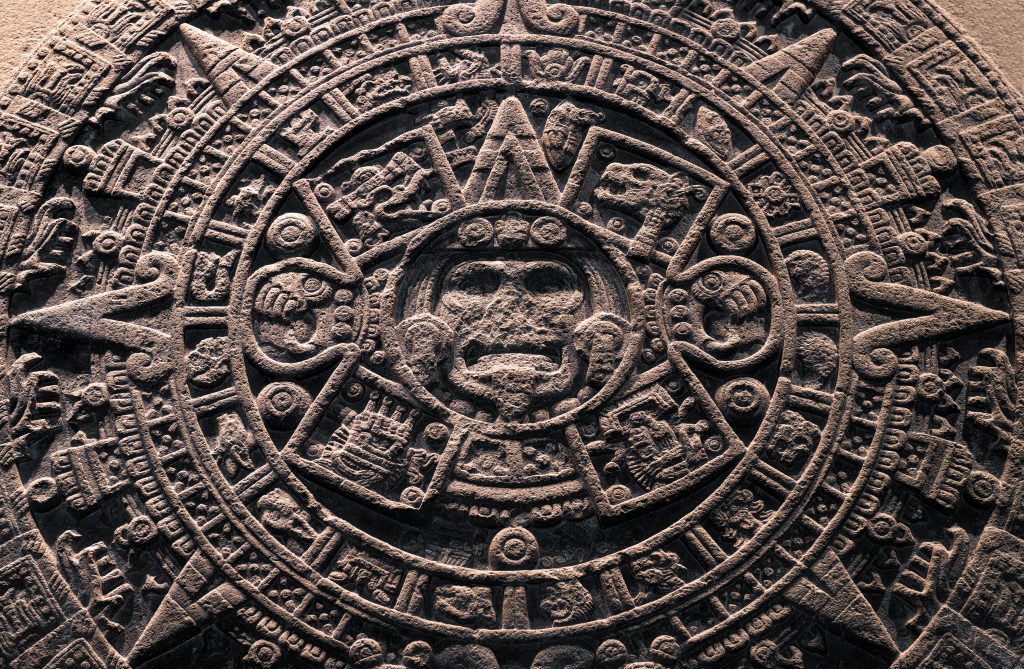
Another area in which the Maya excelled was in their understanding of astronomy and timekeeping. The Maya developed a highly sophisticated calendar system, which was based on a series of interlocking cycles. This calendar system was used to mark important religious events, as well as to record astronomical observations and predict eclipses. The Maya calendar remains one of the most accurate and complex calendars ever developed, and is still in use in some parts of the Maya region today.
The Maya Architecture
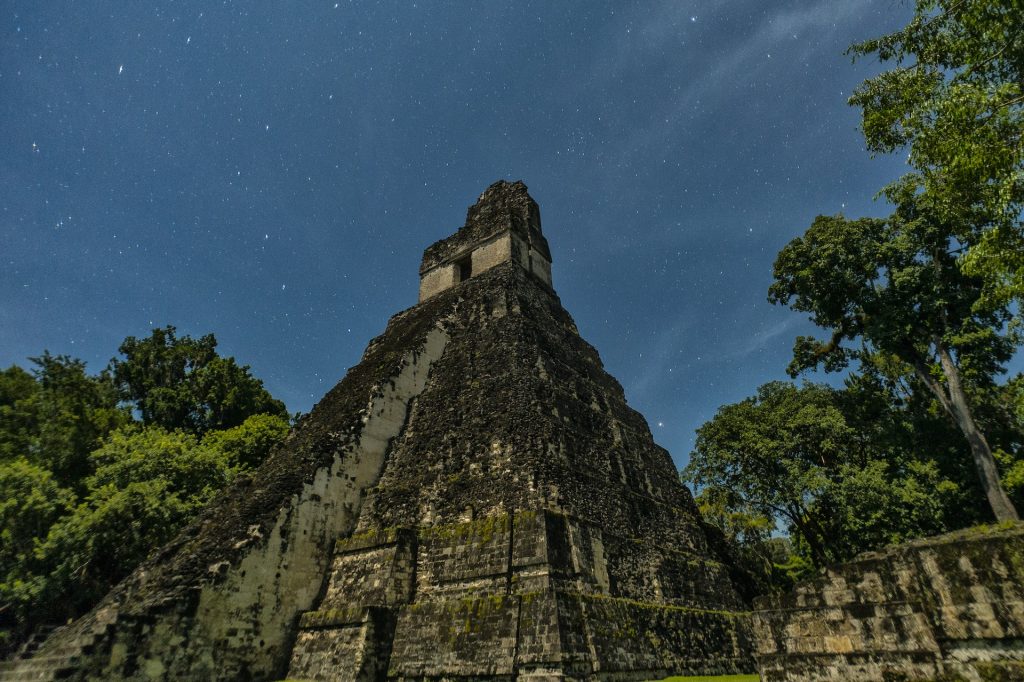
The Maya were also skilled architects and engineers, and their cities were dotted with towering pyramids, plazas, and temples. These structures were not only impressive feats of engineering, but also served important religious and political functions. The Maya pyramids were often used for religious ceremonies and human sacrifice, while the plazas were the center of political and social life.
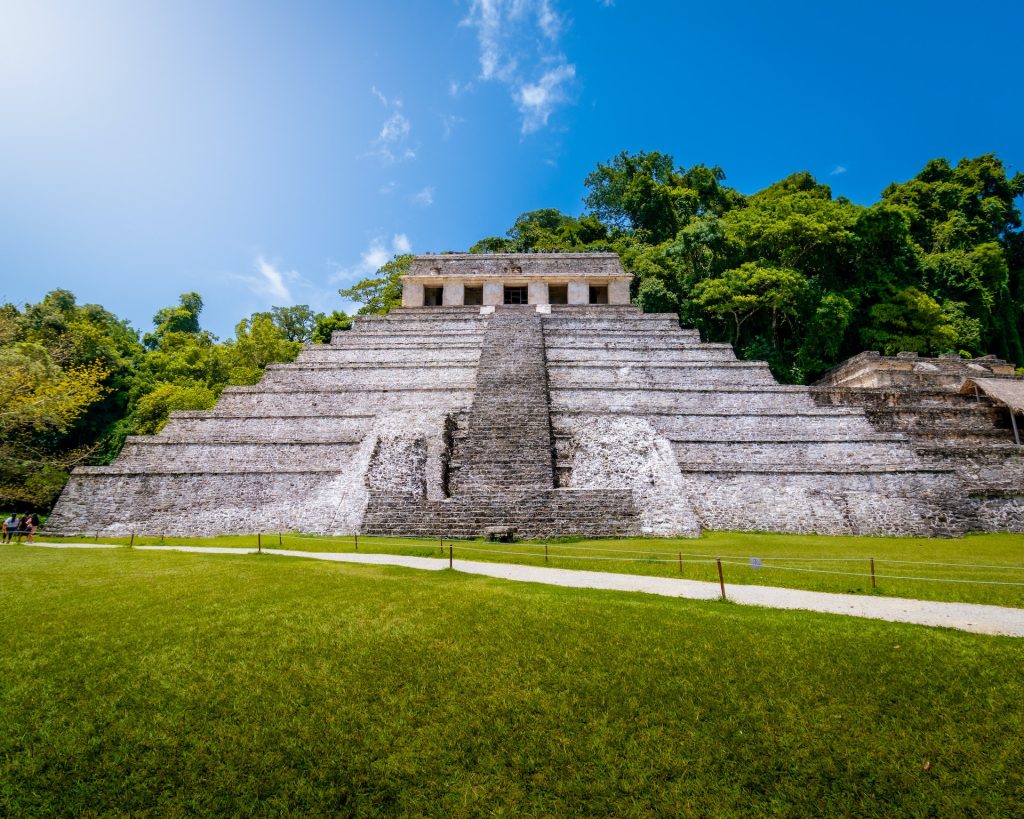
Here’s a list of some of the most important Maya architectural sites:
- Chichen Itza – located in Mexico, this site features the famous Temple of Kukulcan (also known as El Castillo), a massive step pyramid with a staircase leading to the temple on top.
- Tikal – located in Guatemala, this site features several towering pyramids, including the Temple of the Grand Jaguar and the Temple of the Masks, as well as palaces, plazas, and other structures.
- Palenque – located in Mexico, this site features the Temple of the Inscriptions, a beautifully decorated temple with an impressive roof comb, as well as the Temple of the Sun and the Temple of the Cross.
- Copan – located in Honduras, this site features the Hieroglyphic Stairway, a massive staircase covered in Maya hieroglyphs, as well as several well-preserved temples and plazas.
- Uxmal – located in Mexico, this site features the Pyramid of the Magician, a massive step pyramid with a rounded top, as well as several well-preserved palaces and other structures.
These are just a few of the many impressive Maya architectural sites that have been preserved and studied. Each site offers unique insights into the architectural style and cultural practices of the ancient Maya civilization.
The Legacy of the Maya Civilization
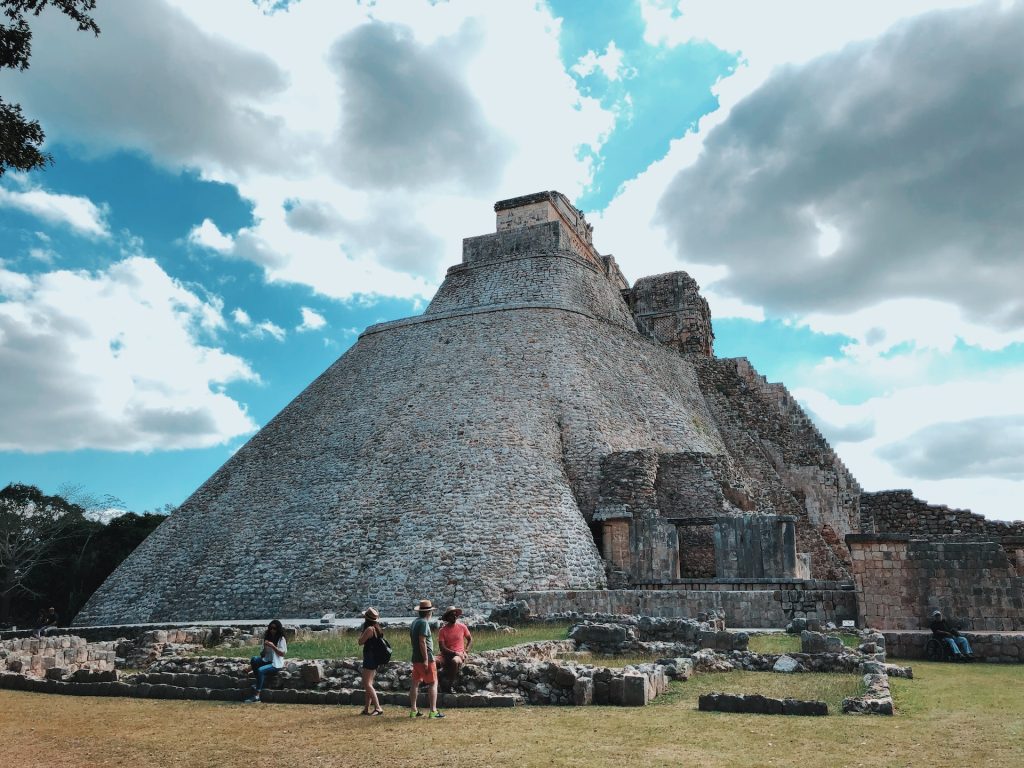
Despite the fact that the Maya civilization has been gone for centuries, its influence can still be felt in the modern world. The Maya writing system and calendar have provided us with a glimpse into the mind of this ancient culture, while their architectural achievements continue to amaze and inspire people all over the world. Today, the ruins of the Maya cities are popular tourist destinations, attracting visitors from all over the world who come to marvel at the beauty and mystery of this once-great civilization. But, despite all the attention the Maya have received over the years, many mysteries still remain unsolved. To this day, researchers are still discovering new information about the Maya and their way of life, and many questions about their civilization remain unanswered.
In this article, we will take a closer look at the Lost Civilization of the Maya, exploring its history, culture, religion, and art. Through this comprehensive examination, we will try to uncover the mystery of this fascinating civilization and shed some light on the many questions that still remain unanswered.
The History of the Maya Civilization
The Maya civilization is considered to be one of the most advanced civilizations of the ancient world. It is believed to have been established around 2000 BC and to have lasted until the 16th century. The Maya were skilled farmers, mathematicians, and astronomers, and they developed a writing system that was one of the most advanced of its time.
Here’s a list of key historical processes of the Maya civilization:
- Formation and Development: The Maya civilization is believed to have formed around 2000 BCE, with the first major settlements appearing in the southern lowlands of present-day Mexico, Belize, Guatemala, Honduras, and El Salvador. Over the next few thousand years, the Maya developed a complex society with sophisticated systems of writing, mathematics, and astronomy.
- Classic Period: The Classic Period of the Maya civilization lasted from approximately 250 CE to 900 CE and was characterized by the growth of major cities and the construction of large monumental structures, such as pyramids and palaces. During this time, the Maya also developed a complex political system with multiple rival city-states.
- Decline and Abandonment: After the Classic Period, the Maya civilization entered a period of decline. Many cities were abandoned, and the population decreased significantly. The exact reasons for this decline are still not fully understood, but factors such as overpopulation, environmental degradation, and warfare are believed to have played a role.
- Post-Classical Period: After the decline of the Classic Period, the Maya civilization entered a Post-Classical Period, during which new forms of political organization emerged, including the formation of powerful kingdoms, such as the K’iche’ and Kaanul. This period also saw the continuation of cultural traditions, such as the production of pottery, textiles, and other artistic works.
- Spanish Conquest: In the 16th century, the Maya civilization was conquered by Spanish colonizers, who brought with them new technologies, religions, and political systems. The Maya population was greatly reduced by diseases introduced by the Spanish, as well as by forced labor and other forms of exploitation.
- Modern Maya: Today, the descendants of the ancient Maya continue to live in the region and have maintained many of their cultural traditions, including the use of the Maya calendar, the production of traditional textiles, and the practice of indigenous religions. The modern Maya are also active participants in the political and economic systems of the countries in which they live.
The Rise and Fall of the Maya Civilization
At its peak, the Maya civilization covered an area that spanned from present-day Mexico to Honduras, El Salvador, and Belize. The Maya cities were centers of trade, religion, and politics, and they were known for their sophisticated architecture, monumental pyramids, and elaborate stone carvings.
However, by the 10th century, the Maya civilization began to decline. The exact reasons for the collapse of the Maya civilization are still a subject of debate among scholars, but some of the most commonly cited factors include overpopulation, environmental degradation, and warfare.
The Culture and Religion of the Maya
The Maya were a deeply spiritual people, and their religion was an important part of their daily life. They believed in a complex pantheon of gods and goddesses, each with their own distinct personality and responsibilities. The Maya also believed in an afterlife and practiced rituals such as human sacrifice to ensure that their ancestors would continue to protect and provide for them.
The Maya were also known for their love of art and architecture. They were skilled sculptors and architects, and their cities were adorned with elaborate stone carvings, painted murals, and magnificent pyramids.
The Legacy of the Maya Civilization
Despite its decline, the Maya civilization has left a lasting impact on the world. Today, the ruins of the Maya cities are popular tourist destinations, attracting visitors from all over the world who come to marvel at the beauty and mystery of this once-great civilization.
Conclusion
In conclusion, the Lost Civilization of the Maya remains one of the most fascinating and mysterious civilizations in human history. Through this article, we have explored its history, culture, religion, and art, and we have attempted to shed some light on the many questions that still remain unanswered.
FAQs
The Maya civilization is believed to have emerged around 2000 BC.
The exact reasons for the collapse of the Maya civilization are still a subject of debate among scholars, but some of the most commonly cited factors include overpopulation, environmental degradation, and warfare.
The Maya were a deeply spiritual people, and their religion was an important part of their daily life. They believed in a complex pantheon of gods and goddesses, each with their own distinct personality and responsibilities.
The Maya were skilled farmers, mathematicians, and astronomers, and they developed a writing system that was one of the most advanced of its time. They were also known for their sophisticated architecture, monumental pyramids
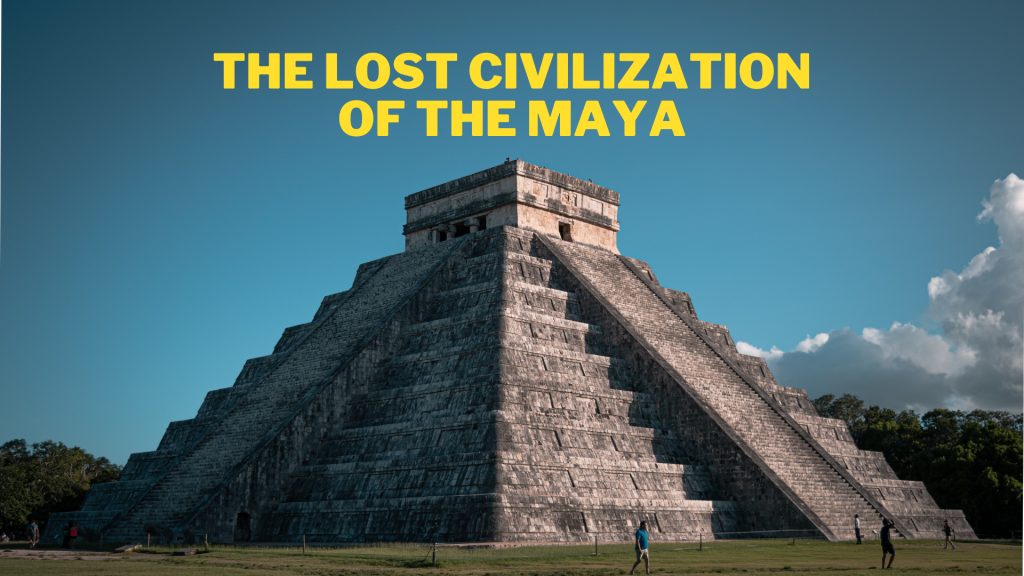


semaglutide sale